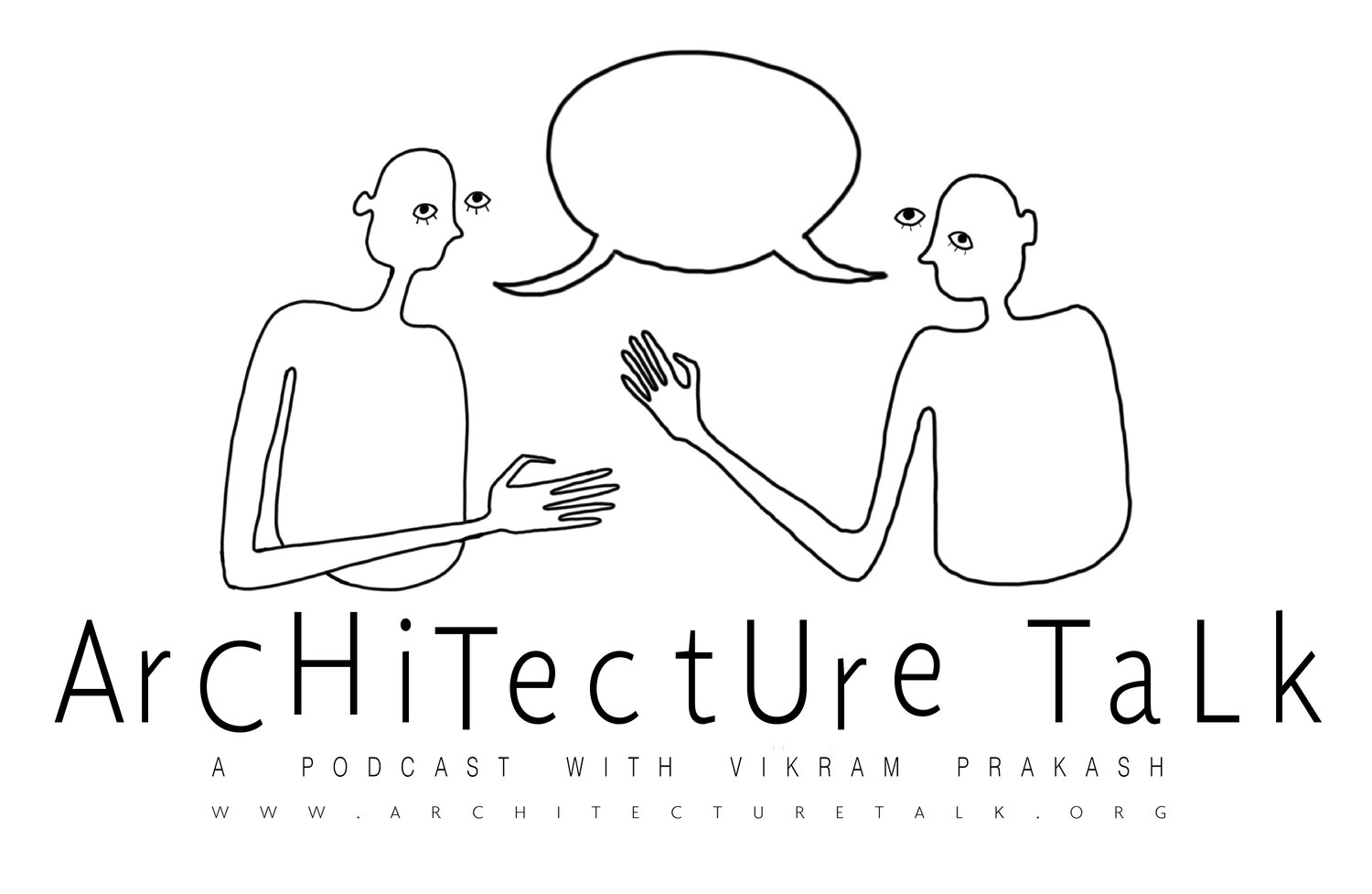125. Architecture in the Symbolic Realm: Troubling the Remaking of New Delhi's Central Vista with Aneesha Dharwadker
Original Drawing by Tori Haynes
“...architecture is being abused, in a sense, as a way to represent [positions of violence against Muslims] and consolidate those positions and to ultimately, once the architecture is produced, it will be a way of celebrating those positions in its monumentality, in its newness…That is what I find so insulting about this whole undertaking. Architecture is being used as a kind of weapon.”
Aneesha Dharwadker
This week, we talk with Aneesha Dharwadker, assistant professor in architecture and landscape architecture at the University of Illinois at Urbana-Champaign and author of the recently published article Dystopia’s Ghost. In this episode, we revisit the remaking of New Delhi’s Central Vista project, its design, politics, and history.
Timestamp Outline
1:00 Introducing Aneesha Dharwadker, assistant professor in architecture and landscape architecture at the University of Illinois at Urbana-Champaign, and the topic of discussion: New Delhi’s Central Vista Project, its design, politics, and its history.
1:30 Dystopia’s Ghost: “The remaking of New Delhi’s Central Vista provokes troubling questions about colonialism and nationalism, and about the already fraught relationship between architecture and power.”
3:25 “Let’s cut to the chase…What is your argument against Modi’s dramatic redesign? What’s the problem?” VP
3:50 On the proposals for the Central Vista Project…outlining the problem from the practical, to the historical, to the environmental:
3:55 “The way that they were really leaning in to the idea that this was a new icon for India and that it automatically translates into something that is big, monumental, something that inspires awe…the neoliberal sublime.”
6:00 Historical backdrop and the project’s inherent contradictions
12:45 “...architecture is being abused, in a sense, as a way to represent [positions of violence against Muslims] and consolidate those positions and to ultimately, once the architecture is produced, it will be a way of celebrating those positions in its monumentality, in its newness…That is what I find so insulting about this whole undertaking. Architecture is being used as a kind of weapon.” AD
15:20 “Is there a specific connection between the strong men of architecture and this kind of redevelopment?” VP
15:55 Discussion of architectural illiteracy: “...This really simplistic understanding of what buildings are, what buildings can do, and what buildings mean…For me the commonality between these strong men is that for them architecture is mostly, if not wholly, symbolic. That it captures a single moment in time, it is mute, it is fixed…having spent so much time thinking about architecture, having received an architectural education, having taught architecture for so many years there’s the idea that one could think of architecture as the opposite as well…despite their being fixed in the ground, there is fluidity to their meaning and multiple interpretations are possible.” AD
17:10 “Architecture is fundamentally what shapes the public. It shapes everyone’s world.” AD
20:00 Vikram and Aneesha discuss Architecture as language
23:00 unpacking Chandigarh
26:00 Chandigarh, Postmodernism’s whipping boy
31:15 “As you pointed out in your article, it’s an open question: was the Nehruvian state a failure?”
33:15 “You can’t discount what the British did over the previous two and a half centuries. Because India isn’t just living with the legacy of Nehru, its living with the legacy of everything before it.” AD
35:00 The institutionalization of corruption
36:39 “The core line is economic exploitation. The problem with colonization was not that we were colonized, but that colonization happened at the exact same time as industrialization and India and other countries were asymmetrically kept out of it in a big way.” VP
37:00 “Another way to put it is colonization produced industrialization.” AD
37:20 Amitav Ghosh’s The Nutmeg’s Curse
37:45 Eurocentrism and its internalization in the postcolonial subject
43:00 Ulysses by James Joyce “a designed work” and “the last novel”
56:00 “[the Central Vista Project] is not a redesign its a reinforcement…with new HVAC systems.” AD







